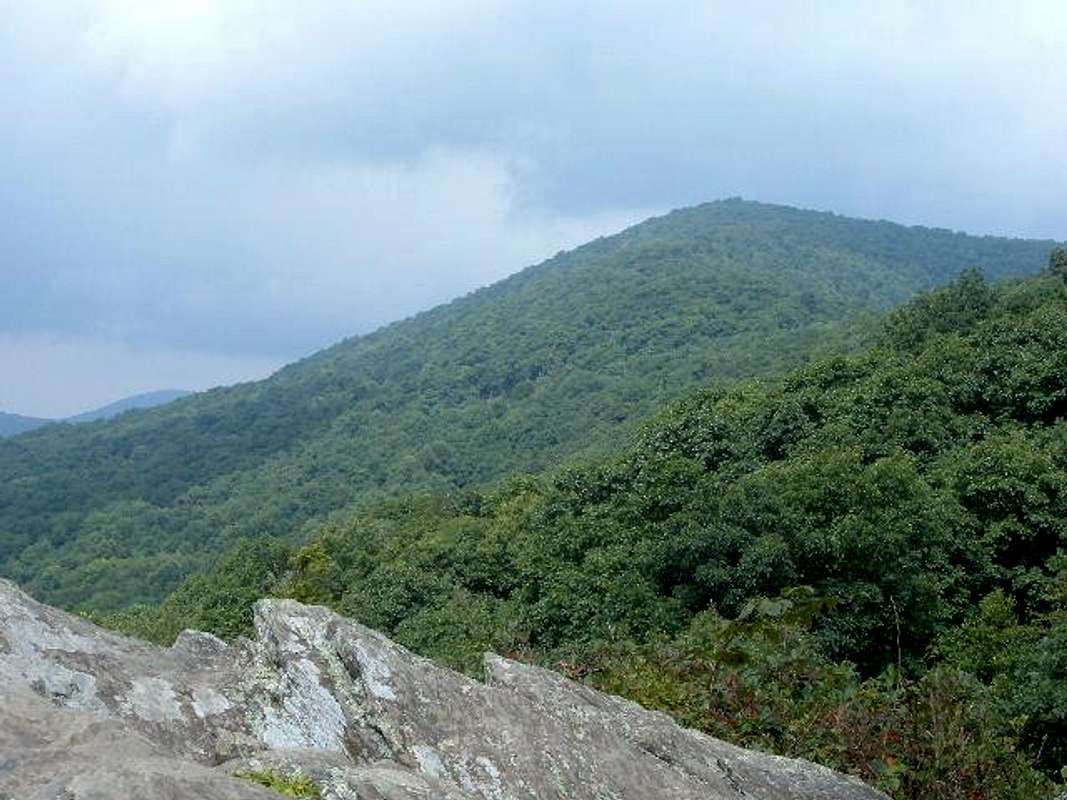|
|
Mountain/Rock |
|---|---|
|
|
38.47820°N / 78.4519°W |
|
|
Madison |
|
|
3812 ft / 1162 m |
|
|
Overview
Hazeltop is the third highest mountain in Shenandoah National Park. It is certainly not as well known as its larger 4k neighbors, Hawksbill and Stony Man In fact, the summit area is not too exciting, because it is just a point in the woods. However, this does not mean Hazeltop is not worth the trip. One route to Hazeltop provides a generally level trail, that can actually be good for a jog, if you so chose, and another is very historical.Basically, there are three routes to the summit, of varying distances. The woods in the area is relatively quiet, and is far less visited than its neighbors. Someone spotted black bear when I was in the area, and you are likely to see some wildlife on this stretch.
Of the three routes to the mountain, the best is a long loop trail that offers wonderful views of the Shenandoah Mountains, has stream crossings, and makes for an interesting day hike. Among the sites along this long loop trail is Camp Hoover. Camp Hoover was a building used by President Herbert Hoover as his weekend White House until 1933, when he donated the 160-acre tract to Shenandoah National Park. On the weekend closest to Hoover's birthday on August 10, the camp buildings are open for tours, and buses shuttle visitors from the Byrd Visitor Center. Camp Hoover is located at the end of Mill Prong Trail, which is accessible from Skyline Drive (Mile 52.5).
Getting There
From DC follow I-66 West and exit onto US 29 at Gainesville. Follow to Warrenton, and take 211 West. Take 211 to Sperryville until you reach Skyline Drive. Take Skyline Drive south towards Big Meadows. Pass the big meadows, and in a few minutes you will reach Milam Gap (mp 52.5), and the Appalachian Trail. You can also take the Appalachian trail at Bootens Gap (mp 55.1). Both have parking lots where you can access the AT.Routes

There are three routes to the summit.
Milam Gap Trailhead: From the parking area at Milepost 52.5, you have to cross Skyline Drive on the Appalachian Trail (South). The trail is very straight, North/South, with minimal elevation gain of about 600' in 1.8 miles to the summit. Round trip distance is 3.7 miles.
Prong Trail-Laurel Gap Loop: Start from the Milam Gap Trailhead. From the parking area at Milepost 52.5, you have to cross Skyline Drive on the Appalachian Trail (South). Take the first left (The Mill Prong Trail) off the Appalachian Trail after you cross Skyline Drive. You take the Mill Prong Trail to Camp Hoover, and to the Laurel Gap Trail (blue blazes), and then take the Appalachian Trail (North) to the summit of Hazeltop, and then back to Milam Gap. The loop is 7.4 miles in total.
Bootens Gap Trailhead: Bootens Gap is at milepost 55.1 and provides access to the Appalachian Trail. Park at the small parking lot, and take the trail at the left (Appalachian Trail North). This is the shortest route to the summit. 1.1 miles, and about 590' of elevation gain. Round trip distance is 2.2 miles.
Red Tape
Shenandoah National Park cost $30 for an annual pass. If you do not live in the DC area, you can pay the $15 fee to enter the park ($10 from December-February).When To Climb
Climb all year. The park, or sections of the park, may be closed if road conditions are poor. Check with the park at 540-999-3500.Camping
Campsites are not always open during the winter and spring. Backcountry Camping Permits are required and are available free from park headquarters, visitor centers, and entrance stations. Appalachian Trail hikers may self-register for permits on the AT near Rockfish Gap (south) and Chester Gap (north).Campfires are not permitted (except at pre-constructed fireplaces at backcountry huts and day-use shelters). Groups may not exceed 10 people. For more info consult the park website.
Mountain Conditions
Check with the park at 540-999-3500.External Links
- Shenandoah National Park
Shenandoah National Park homepage.
- weather
Weather for the area






